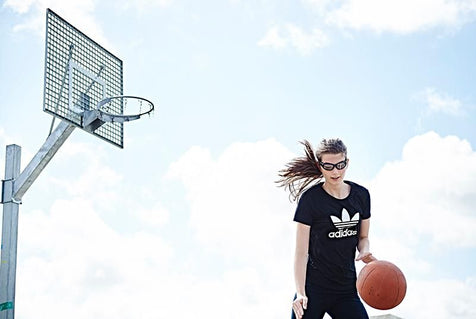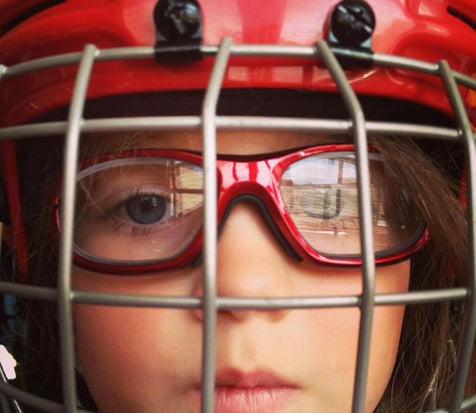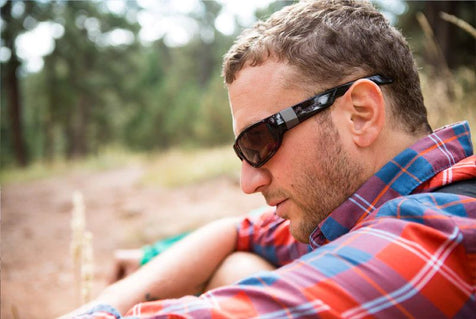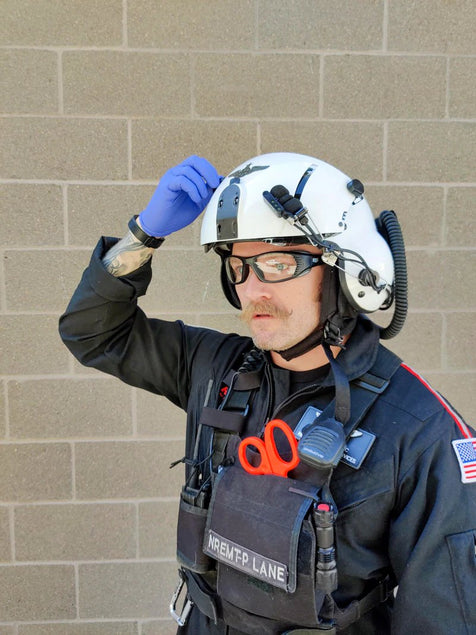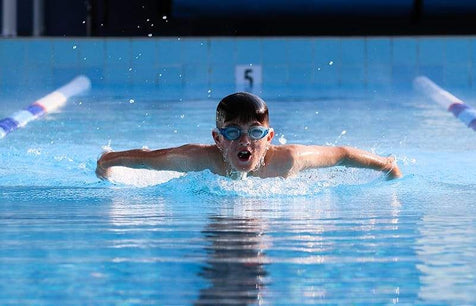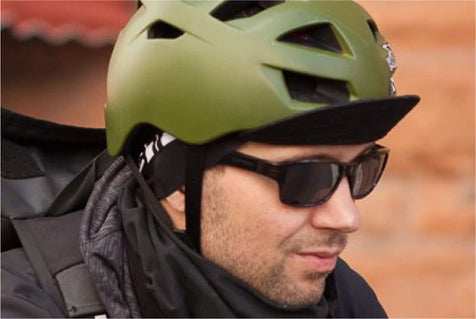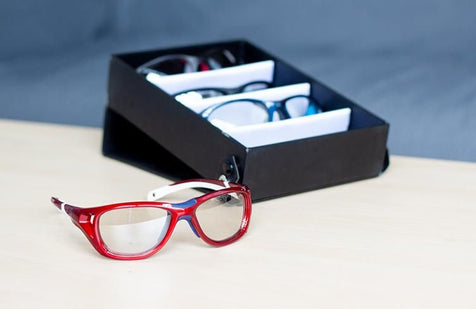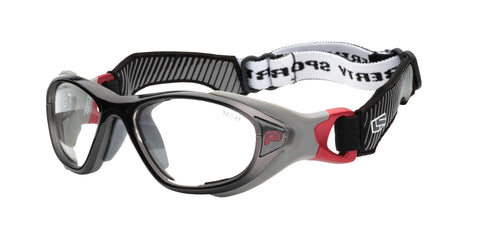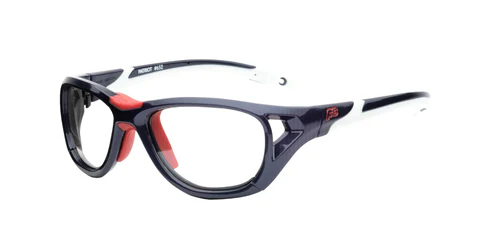
Common Eye Injuries in Athletes and How To Prevent Them
Suffering an eye injury is terrifying, and most of these types of injuries are preventable. All age groups can fall victim to a blow to the face, especially in high-impact sports. But one of the most significant risk factors is in youth sports and failing to wear adequate protection.
As child athletes develop every day, experiencing an injury to the eyes can lead to impaired vision, trauma to the skull structure, or worse, blindness. Let’s explore some of the most common eye injuries in athletes and how to prevent them.
Consider the Sport’s Risk
While no sport carries the guarantee that you won’t suffer an injury, some sports have higher levels of risk than others. A good rule of thumb is wearing the proper protective equipment, which includes eye protection, whether it be goggles or glasses. A pair of everyday glasses, frames, or contacts cannot protect you from high impact and is also at risk of experiencing damage.
It’s essential to invest in the highest-quality framing and lens type to withstand high-impact situations and save your everyday glasses from needing repair. Sports like basketball, water polo, rugby, and even baseball all carry their own set of scenarios that can potentially put you in harm’s way. By knowing this ahead of time, you can prepare and protect yourself.
Some of the most common eye injuries from some of these sports include:
- Retinal detachment
- Cataracts
- Orbital fracture
- Abrasions
- Contusions
- Hyphema (blood pooling between the iris and the cornea)
Baseball
Of the youth sports, baseball is one of the most prominent causes of eye injuries, and that’s why investing in youth baseball prescription glasses is critical. Because of the velocity and direction in which the ball travels, an athlete’s head area is at high risk. And as any player can tell you, eye focus is demanding because you need it to ensure accuracy, ball contact, and playmaking.
Wearing a helmet while batting is imperative, and if you’re on the infield, you can consider a face shield with built-in sun protection. UV protection is also an essential protective component, as baseball is an outdoor sport. You may experience tension headaches from excessive squinting or develop cataracts from sun damage.
Basketball
Basketball is a highly competitive, fast-paced contact sport. While the primary goal is focusing on the ball, you also have 10 other players with that same objective. Elbows flying, bodies jumping, blocking, and quick pivoting all pose risks to personal and external injuries.
Wearing face protection, specifically eye protection, can prevent injuries like retinal detachment and burst blood vessels, referred to as subconjunctival hemorrhages. Investing in quality polycarbonate lenses can help players avoid eye injuries should an elbow make direct contact.
Water Sports
Though water sports don’t always mean high impact and contact, the risk of contracting bacteria and infection from the water is present. It’s also possible that the kick of another swimmer can catch someone in or near the eyes, and injury can occur.
It’s critical to remember to never wear contacts in a body of water, as this can further increase your risk of infection. Always remember to wear goggles while in and around the water, and invest in prescription swim goggles should you require something heavier duty.
Other Common Injuries
Various other forces cause injuries near the eyes, creating damage and long-term issues. These include:
- Blunt trauma injuries. These injuries occur when something or someone hits you near your eyes. The result is commonly a black eye and entails bruising and swelling of the eyelid and surrounding area. Typically, these will look worse but can cause underlying damage like a detached retina, ruptured globe (eyeball), and orbital fractures (broken bone in the eye socket).
- Radiation injuries. Excess exposure to the sun without protective lenses can result in radiation injuries. Outdoor sports such as baseball, cycling, and winter sports put people at higher risk for these injuries.
- Penetrating injuries. These can occur if something cuts your eye, and dirt and debris associated with outdoor sports can scratch or cut your cornea. And if you wear everyday frames, they can be subject to shattering during an impact and can cause mild or deep cuts.
Many factors go into the severity of each injury, and this can mean partial or complete blindness may occur. It’s essential to speak with your eye doctor about common eye injuries in athletes and how to prevent them for your particular sport. Generally, the best option is wearing polycarbonate lenses that are lightweight, thin, and durable. Polycarbonate material is impact resistant and is available in prescription or basic forms.
Sunglasses
Protection of UV light and sun exposure is beneficial in preventing cataracts, but it’s vital to remember that these alone cannot prevent injuries from impacts. Blunt trauma and penetrating injuries can still occur, just as with your everyday glasses on.
The use of a helmet or face shield may guard against high-impact blows encountering your sunglasses. Alternatively, you can invest in sports goggles that come with UV-protected lenses.
Various Things To Consider
Consider receiving a complete eye exam before participating in a sport and discussing any eye-related problems with your doctor. This includes things such as retinal issues and family history. They will be able to fully assess the circumstances and assist you in making the best decision regarding sports eyewear.
It’s also essential to avoid treating any injuries by yourself and avoid removing any foreign objects. Doing this can create more damage or increase the risk of long-term damage. A scratch on your cornea may only feel like a floating eyelash or spec of debris, but excessive rubbing or digging can make it worse. If the following symptoms arise, seek prompt medical care:
- Unmanageable pain
- Pus or excess fluid leaking from the eye
- Your eyes become swollen shut
- A visible foreign object
- Signs of blood
Common Questions for Your Provider
When you consult your eye doctor for an exam or injury, here are a few common questions you can ask to ensure your protection remains a priority in the future.
- What is the best treatment for my specific eye injury?
- When will my treatment conclude so I can return to my activity?
- What sports will require me to wear proper eye protection with polycarbonate lenses?
When you’re ready to invest in your eyes, contact us at Optics Outfitters. We offer a wide range of sport-specified frames, with the ability to customize to ensure proper fit.

